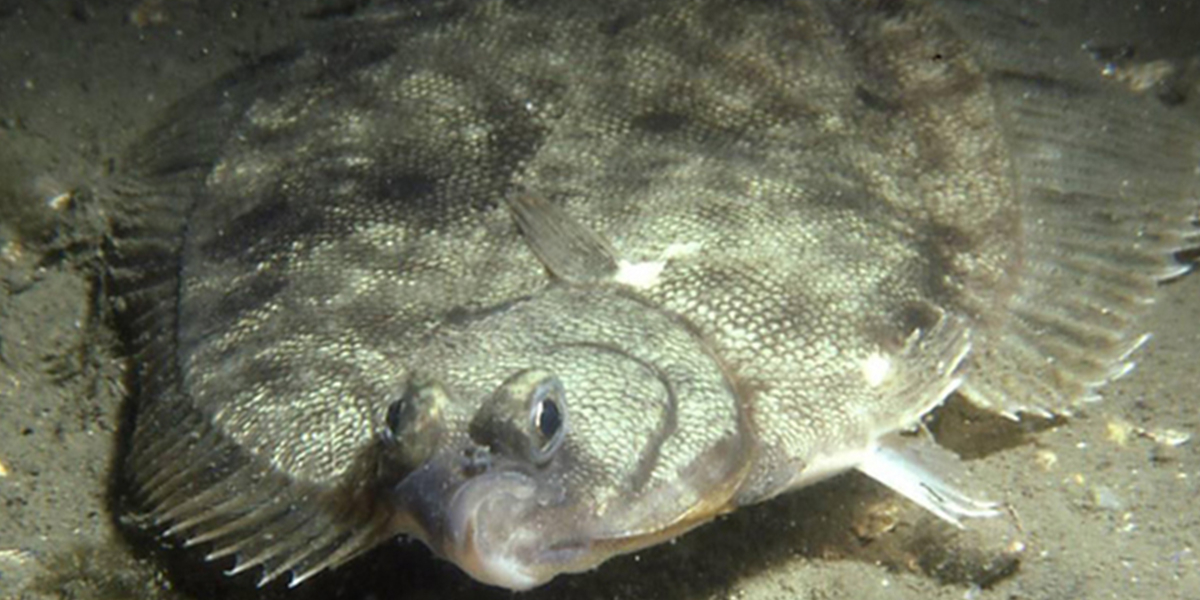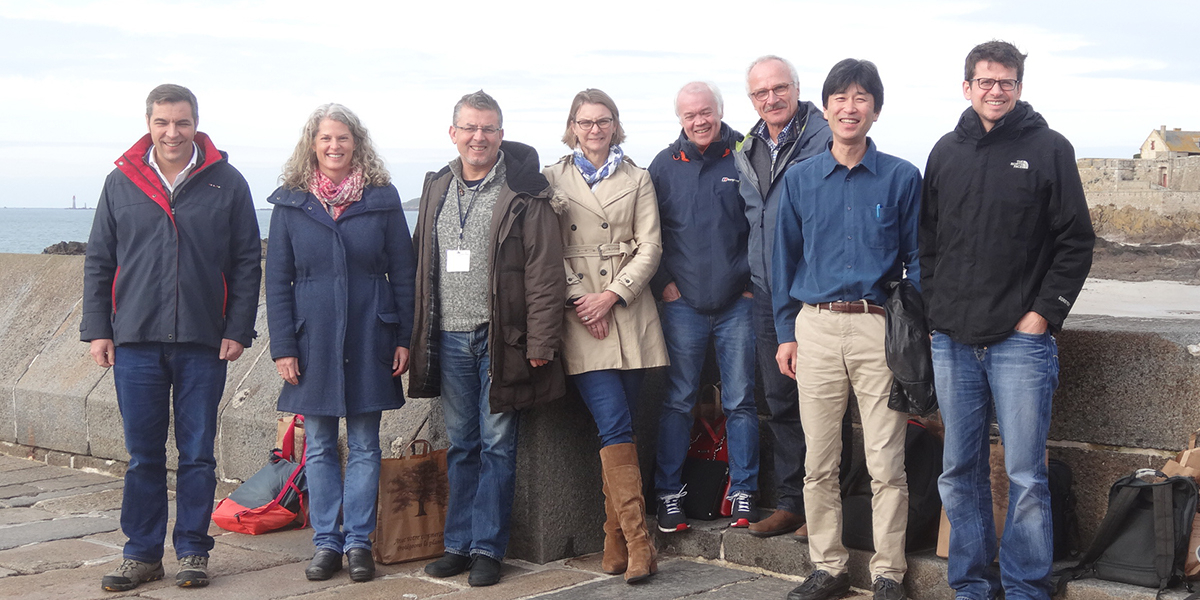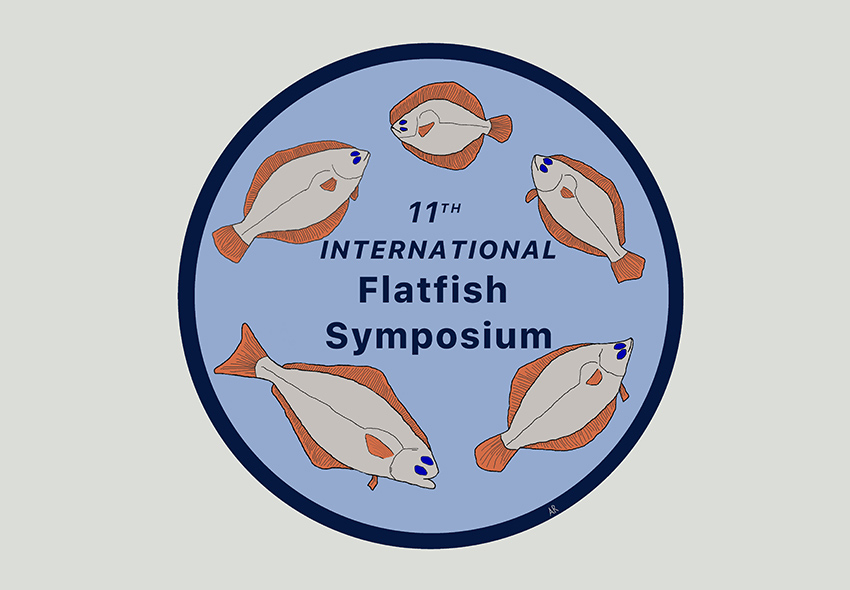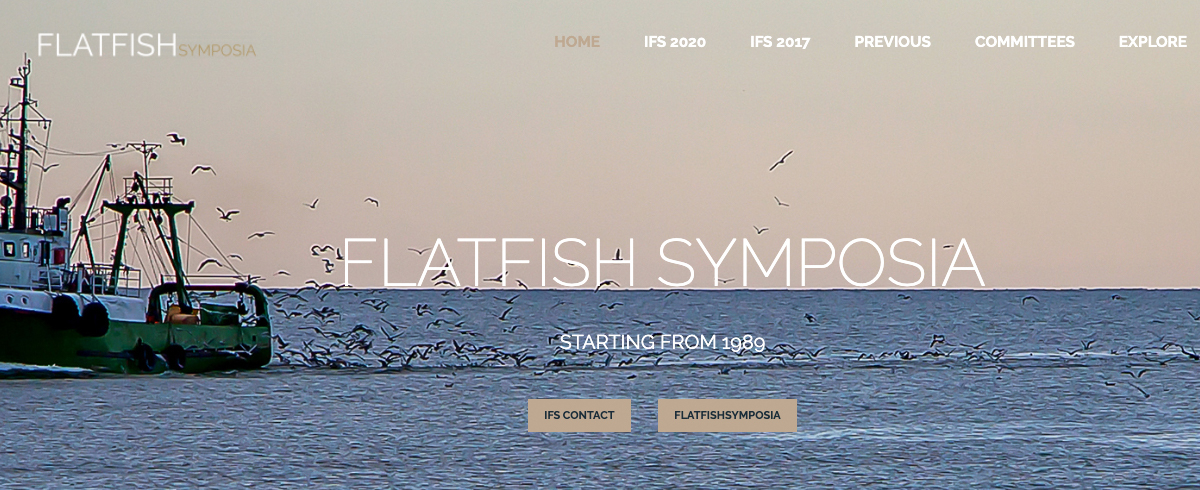Flatfish symposia
The concept of the flatfish symposia was initiated at the 1989 European Marine Biology Symposium in Oban, Scotland. A group of young scientists set up an international forum to discuss and exchange their ideas and results on fish ecology. An organizing committee was formed and in 1990 the first international symposium was held at the Royal Netherlands Institute for Sea Research.

How it started
In the beginning, NIOZ played a central role by hosting the first three symposia in 1990, 1993 and 1996 and by offering generous financial and material support. The flatfish symposium 'left' NIOZ and subsequently has been organized by North Carolina State University (1999) in Atlantic Beach NC, USA, The University of Liverpool’s Port Erin Marine Laboratory (2002) in Port Erin, Isle of Man, Kyoto University (2005) in Maizuru, Japan, the University of Lisbon (2008) in Sesimbra, Portugal, IMARES Wageningen University (2011) in IJmuiden, The Netherlands, NOAA (2014) in Seattle U.S.A., Agrocampus Quest/IFremer(2017) in Saint-Malo, France. Due to COVID-19 , the flatfish symposium 2020 will be postponed until 2023. The 2023 symposium is scheduled for November, New Castle, NH, USA and will be co-hosted by Elizabeth Fairchild, (University of New Hampshire) & Steven Cadrin (University of Massachusetts Dartmouth), School for Marine Science and Technology with the helpful contributions of Cate O'Keefe (AIFRB) and Ingrid de Raad (NIOZ) since april 2022 followed up by Marten Tacoma (NIOZ).
An informal international platform
The basic underpinning philosophy of the symposia has remained the same: it should be an informal international platform of high scientific quality for exchange of ideas and results and for the strengthening of international cooperation. To meet these scientific goals, the symposia should be challenging and the topics should have continuity over time (e.g. develop a research agenda). Thus far the objectives have been achievable: the number of participants has not been excessively high over the years (100-150 persons to enhance the active involvement of all participants in the discussions); the topic of each symposium was based on the results of the previous symposium and the contributions were, after a critical reviewing procedure, published in special volumes of an international scientific journal (JSR).
Visit the website of the International Flatfish Symposia


